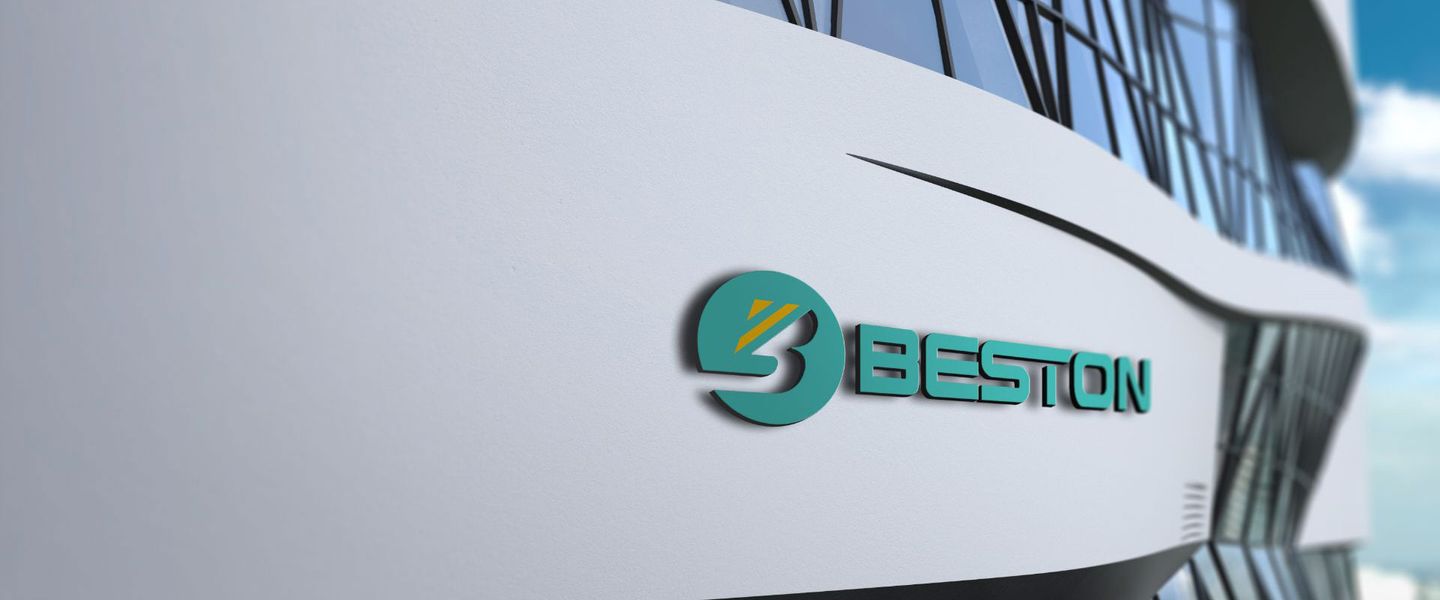

Beston Group Co., Ltd.
- Home
- Companies
- Beston Group Co., Ltd.
- Articles
- How Long Does It Take to Manufacture ...
How Long Does It Take to Manufacture and Set Up Continuous Pyrolysis Equipment?
Aug. 15, 2024
Courtesy ofBeston Group Co., Ltd.
Continuous pyrolysis is a complex process that requires specialized equipment. The journey from concept to operational equipment involves several stages:
- Design and Engineering: This phase includes detailed equipment design, material selection, process simulation, and safety considerations.
- Manufacturing: The actual construction of the equipment, involving fabrication, assembly, and testing.
- Installation: Transportation of the continuous pyrolysis equipment to the desired location and its physical setup.
- Commissioning and Startup: Testing the equipment under operating conditions, fine-tuning parameters, and integrating it into the overall process.
Factors Affecting Timeline
- Equipment Size and Complexity: Larger and more complex systems naturally take longer to manufacture and install.
- Material Selection: The choice of materials for construction can impact production time. Some materials might require specialized processing or longer curing periods.
- Manufacturing Capacity: The manufacturer's workload and available resources can influence the production timeline.
- Site Conditions: The location where the equipment will be installed can affect setup time. Factors like accessibility, infrastructure, and local regulations play a role.
- Permitting and Approvals: Obtaining necessary permits and approvals can add time to the overall project.
Typical Timeframes
While it's difficult to provide exact figures, here's a general estimate:
- Design and Engineering: Several weeks to months, depending on the complexity of the project.
- Manufacturing: Several months to a year, depending on equipment size and complexity.
- Installation: Several weeks to months, depending on site conditions and equipment size.
- Commissioning and Startup: Several weeks to months, including testing and optimization.
Total project timeline: Typically, from concept to full operation, it can take anywhere from a year to several years.
Considerations for Project Planning
- Early Involvement of Stakeholders: Involving all relevant parties early in the process can help streamline decision-making and avoid delays.
- Detailed Project Planning: A well-structured project plan with clear milestones and timelines is essential for effective management.
- Risk Assessment: Identifying potential risks and developing mitigation strategies can help prevent unexpected delays.
- Experienced Partners: Collaborating with experienced equipment manufacturers and installation teams can contribute to a smoother process.
Remember: This is a general overview. For accurate and project-specific timelines, it's crucial to consult with experienced engineers and manufacturers.
Most popular related searches
